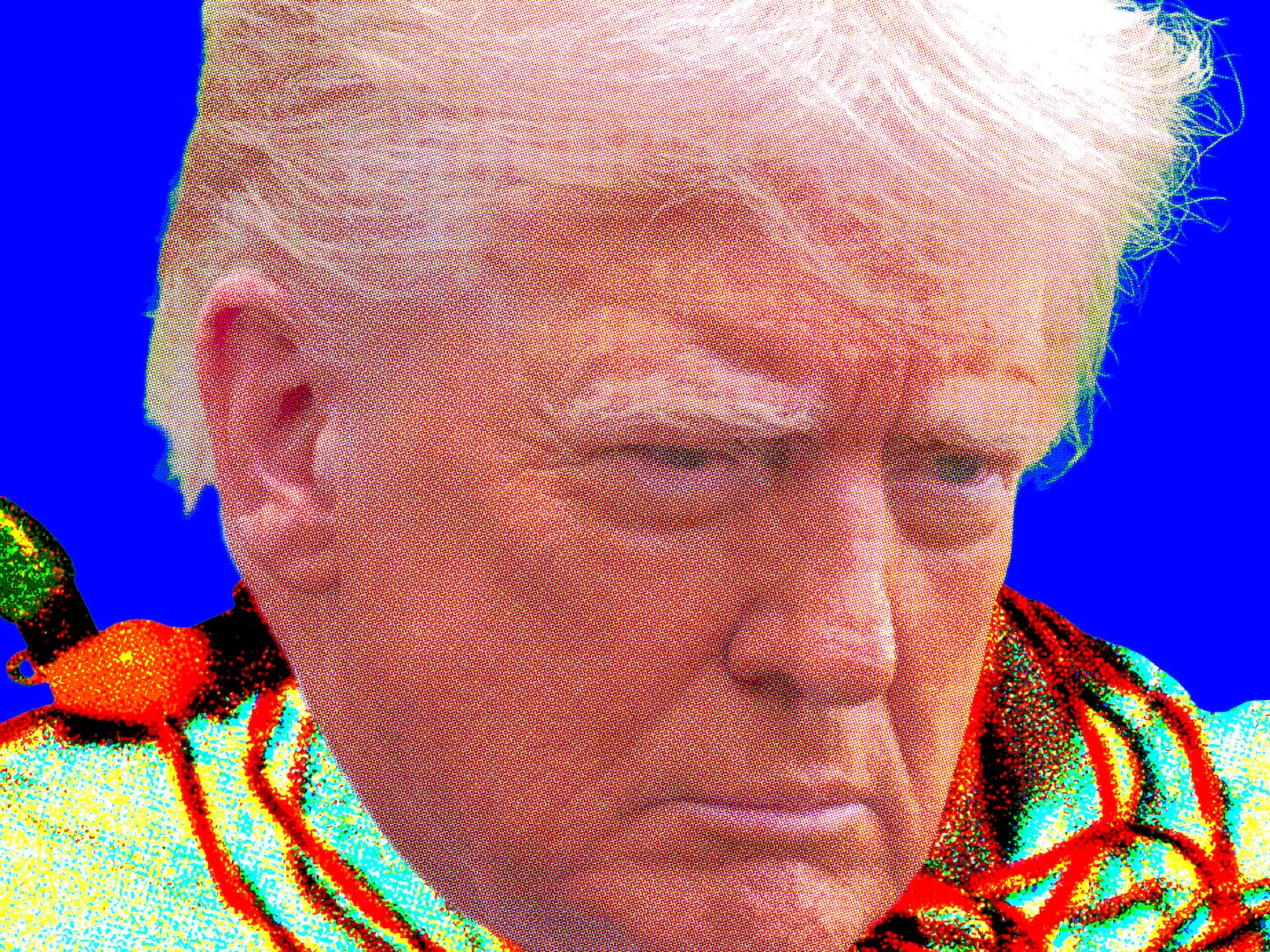Fire lookout technology has changed a lot since Jack Kerouac’s Desolation Angels. The book was taken almost entirely from a diary Kerouac kept when he was fire lookout for 63 days on Desolation Peak in Washington. Now, satellite images, fuel analysis, and, soon, the use of drones, are among the high-tech methods for protecting wilderness and civilization from wildfires.

Some of the more important real-time fire data comes from MODIS, a sensor on two NASA satellites that view the entire Earth’s surface every one to two days. The sensors show heat sources (that’s how a fire was first spotted in Noatak, Alaska by a fire manager looking at the data in the early 2000s). It was the first time a fire had been detected by satellite before humans noticed it, says Sean Triplett, the group leader for geo-spatial and information management at the U.S. Forest Service.
“Alaska is huge,” Triplett says. “It’s a long flight from one side of the state to the other. MODIS was really able to allow us to cover the whole state really quickly, since it sees a larger area.”
After a fire, the U.S. Geological Survey’s LANDSAT satellite can be used to determine the severity of the burn by comparing a pre-fire photo of an area to a post-fire one. The differences in brightness allow scientists to determine the normalized burn ratio, as well as to reflect the changes on the ground.
“Last year in Colorado, they had a large area of spruce mortality from beetles, so the fire got up and made large runs, burning out all the dead spruce,” Triplett says. “When you overlaid the satellite imagery, we saw that when the fire got out of the areas of spruce mortality and running into live fuels, the fire laid down. So from a planning perspective, we can use natural resistance to help slow or stop fires.”
Satellites are only part of the story, though. A major part of fire management has to do with fuel.
A prairie will burn at a different rate than a forest, so measuring the composition of fuels on the ground in an area prone to fire is critical, says Roger Ottman, a research forester at the Pacific Wildland Fire Sciences laboratory in Seattle, Washington. That’s because dried-out grass burns faster than large woody debris, though large pieces of fuel will smolder longer. And in more complex ecosystems, where a meadow is next to a stand of dying trees, modeling the different burn rates for the different types of fuel may make a difference on how first-responders try to douse the fire.
For that, remote-sensing technology called LIDAR is used. Essentially, the sensor illuminates targets with lasers so the instrument can measure the distance and capture the composition of the fuel bed. As predictive modeling for fires and smoke are becoming more sophisticated, they require more data to make them work—which is why the LIDAR is used.
“In a wildfire situation, if the smoke is downwind, scientists want to improve our ability to predict what impact there might be for visibility and human health,” Ottman says. “Those models have gotten more sophisticated, so they need more data in order to characterize the fuels that can be consumed.”
In California, many fire towers are automated with cameras that will tell people at ground stations when a fire is seen, as well as where, Triplett says. Improvements in lightning tracking help scientists know where to send aircraft to look for fires.
While airplanes are used to get aerial views now, they may soon be supplemented with drones, Triplett said. Once the FAA approves their use, unmanned aerial vehicles may give scientists, firefighters, and those interested in preserving national resources more information on areas that have high fire potential—for instance, parts of Southern California during Santa Ana winds.
“The most important thing is getting data out of the system,” Triplett says. “Manned, unmanned, a balloon, a kite—you still have to get the information into the hands of the firefighters.”
And near Boise, he adds, that means many fire towers are still staffed by human observers.






